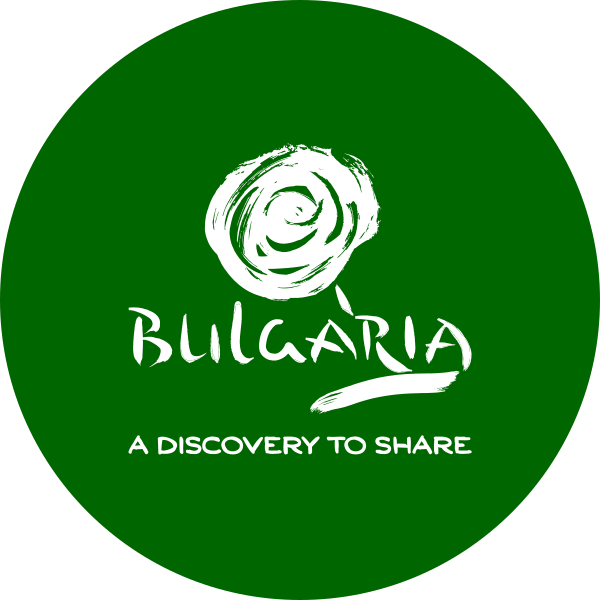Ancient Plovdiv Architectural Reserve is a well-preserved complex where on a relatively small area visitors can take walks through different historical ages, see ancient buildings adapted to the modern way of life and feel the spirit of the town from the Bulgarian Revival Period.
The Old Town, as the complex is known, lies on a natural elevation – the three hills (the closely situated Dzhambaz Hill, Nebet Hill, and Taksim Hill). Many peoples have inhabited this place through the centuries. And all of them have left traces of their cultures and also the different names they gave to the town. Plovdiv is one of the oldest towns in Europe – it dates back to 4000 years BC. During Antiquity the Thracians came to the hill and set up a fortified settlement that was conquered by Philip of Macedon in the 2nd century BC. He gave one of the many names of the town - Philipopolis, and surrounded it with thick fortification walls. Later the Thracians regained control over the town, but after a series of battles they lost it to the Romans in the 1st century. A fortress from Thracian times is preserved on the very summit of Nebet Hill.
During the reign of the Roman Empire Plovdiv (then called Trimontium) was an important district centre. The town flourished and there was a construction boom of buildings, equipment and roads.
Some of the more interesting sites from the Roman Period are the Roman Theatre, the Roman Stadium, the Ancient Forum, and Irene Residential House.
The popular eastern fortress gate Hisar Kapia (Fortress Gate) is a remnant from the Middle Ages.
The Ottoman army conquered Plovdiv in 1364 and gave new direction to the development of the town. The Byzantine architecture was succeeded by a completely new construction style with typical Oriental features. The new name of the town was Filibe. Dzhumaya Mosque (located in the centre of the town, next to the Ancient Stadium), Chifte Bath (built in 1582 and transformed into a centre for modern arts), and the 16th century Clock Tower on the summit of Sahat Hill are all surviving examples from this period.
During the Revival Period Plovdiv became an important economic centre. The town was inhabited by many wealthy and educated people who travelled around Europe. And when they got back from their journeys they did not just bring exotic goods, but new cultural trends as well. The affluent Plovdiv merchants demonstrated their prosperity by constructing beautiful, richly ornamented houses that became emblematic for the Old Town. Unlike the small, asymmetrical and practical adobe houses from the beginning of the Revival Period, the designs of the buildings that were constructed later were more imaginative and dashing and their focus was on splendour and details. The new revival houses were symmetrical (oval hall and four rooms in the corners) and their design was varied by adding bay-windows and gossip rooms on the upper floor. In architecture they are referred to as Plovdiv Houses. Apart from its beautiful architectural style, the rich houses had additional annexes such as marble wells, storehouses for valuable goods, premises for the servants, and even Turkish baths with laundry rooms. Special attention was devoted to the beautifully-ornamented colour decoration of the façade. The decoration of the interior consisted of wall-paintings and wood-carved furniture, ceilings and staircase railings.
Some of the more interesting houses from the Bulgarian Revival Period are Mavridi House, Nedkovich House, Stepan Hindliyan House, Balabanov’s House, Kyumyurdzhiev’s House, etc.
Three of the exhibitions of the Regional History Museum are also displayed in interesting houses from the Revival Period.
The Saints Konstantin and Elena Church is one of the oldest churches in the city of Plovdiv. There was a sanctuary at the present site as early as the 4th century. Located in the center of Plovdiv’s Old Town, it is situated on what were once the fortress walls of the city’s acropolis. The church is part of the architectural complex “Old Plovdiv” that includes the Mosque Dzhumaya Dzhamaya (14th-15th century), The Assumption of the Blessed Virgin Cathedral, The Saint Marina Church, a Bulgarian Orthodox Bishopric, and the Roman Ampitheater. Located in the immediate proximity of the church is the so-called Hisar Kapiya, which was the ancient city’s eastern gate during Roman times, when it was part of the route to the Far East.
Availability for visits: all year round, some sites are with paid entrance
Transport accessibility: yes
Tourist infrastructure: hotels, restaurants, shops, Guides are available upon request in advance; Lectures are given in the following languages: Bulgarian; English; German; French; Russian; Czech; Tourist Information Centre






